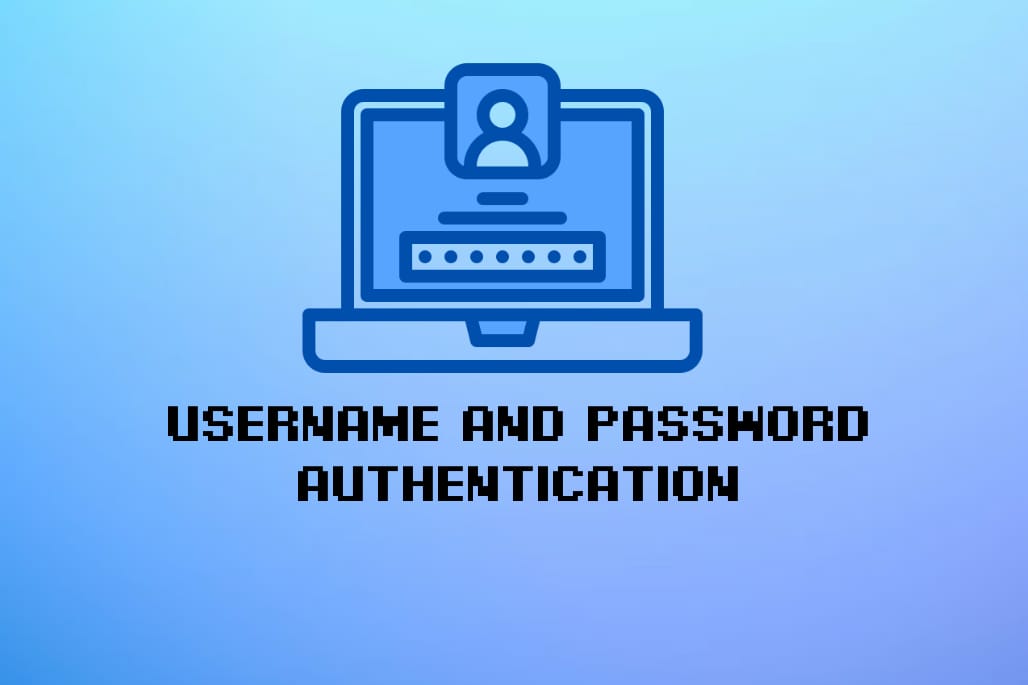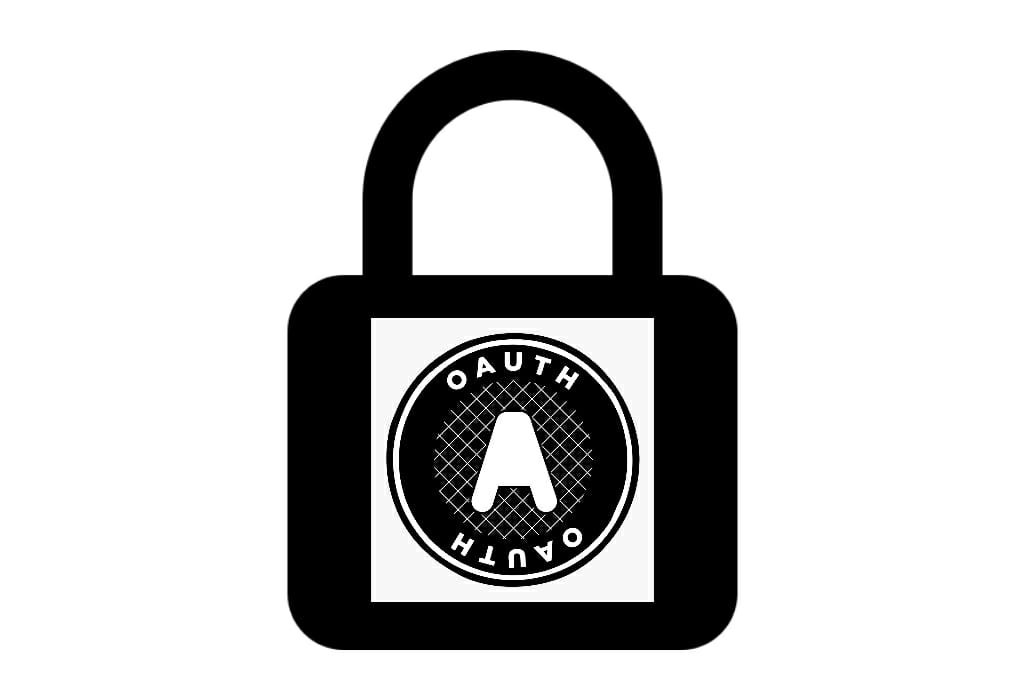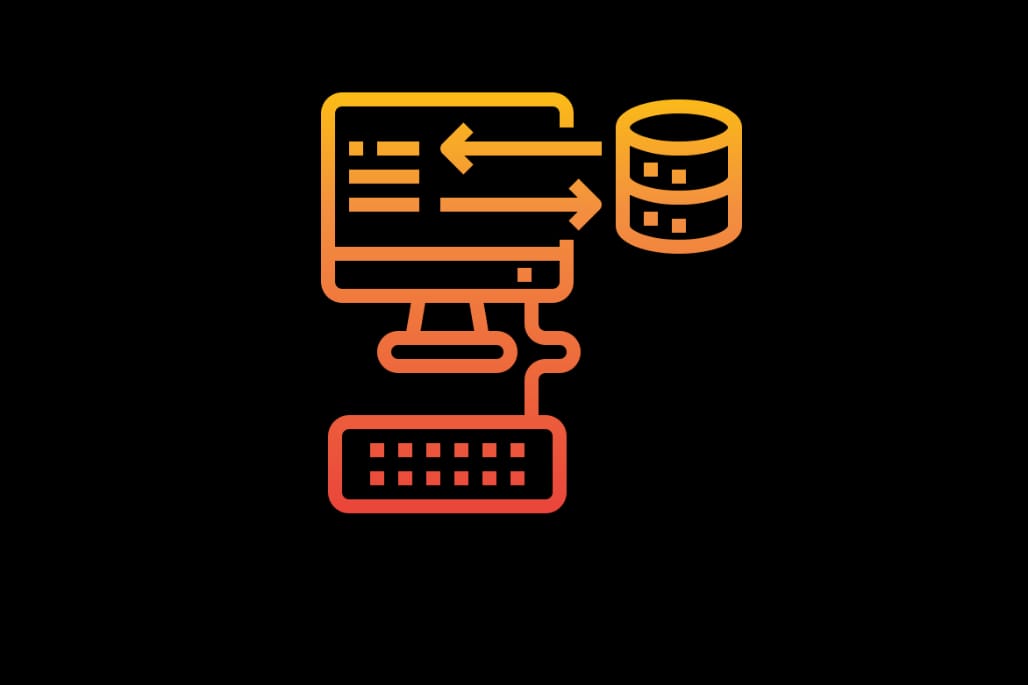@Transactional Rollback options in Spring Data
Transactions manage the changes that are performed in a system. The main purpose of transactions is to provide ACID characteristics to guarantee data validity.
Spring provides a consistent programming model for transactions. @EnableTransactionManagement is used to enable transaction management for the spring application. Spring boot enables it by default.
@Transactional annotation is used to designate the transaction boundary.
- If this annotation is provided on the class then all the methods of the class have transactions enabled.
- If no annotation is provided on the class, then the individual methods will require the explicit
@Transactionalannotation - if required.
@Transactional annotation provides various options to control the behavior of the transaction. We will only focus on two options that help in defining the rollback behavior of the transaction.
The default behavior of the transactions is to rollback for the runtime exceptions and the errors. You wouldn’t need to change the defaults in most of the scenarios. However, there are some cases, where you might care about whether the transaction should rollback or not.
Let’s consider the below example —
class ProductService{
@Transactional
public void processProducts(){
saveAllProducts(...products); // saves the data in the database
sendNotification();
}
/*
* sendNotification throws an exception
*/
private void sendNotification() throws NotificationException{
//sending the notification
}
}
processProducts()method supports the transaction.saveAllProducts()saves the product data in the database.sendNotification()sends the notification through some external system. It throwsNotificationExceptionfor any failure.
This code will work just fine. The products will be saved and after that, the notifications will be sent.
However, if the external system is down and we are unable to send the notifications, NotificationException will happen and the transaction will rollback all the changes. This means, due to the notification failure, we are unable to save the products in the database.
Now, if we want to save the data irrespective of the notification operation success or failure. We would need to modify the default transaction rollback behavior. @Transactional annotation provides two options dontRollbackOn and rollbackOn for the same.
dontRollbackOn
It takes a list of exceptions for which the transaction should not rollback.
Example : @Transactional on Class
@Transactional(dontRollbackOn = UserNotFoundException.class)
public class ExampleService{
}
Here — @Transactional annotation is specified on class. As a result, Rollback will not happen for UserNotFoundException and the same behavior will apply to any subclasses.
Example: @Transactional on method
class ExampleService{
@Transactional(dontRollBackOn= { UserNotFoundException.class, DndException.class})
public void saveExample(){
//...
throw new UserNotFoundException();
throw new DndException();
//...
throw new DataNotValidException();
}
}
Here @Transactional annotation is specified only on method. Rollback will not happen for UserNotFoundException and DndException if thrown within the enclosed method. Also, DataNotValidException will cause the transaction to rollback.
Example: @Transactional on both Class and Method
@Transactional
class ExampleService{
@Transactional(dontRollBackOn=UserNotFoundException.class)
public void saveExample(){
//...
throw new UserNotFoundException();
//...
throw new DataNotValidException();
}
}
Notice, the @Transactional annotation is specified at both class and method. However, the dontRollBackOn option is only specified on the method. Since the @Transactional at method level takes precedence. This means UserNotFoundException will not cause any rollback in this method.
rollbackOn
It takes a list of exceptions for which the transaction should rollback.
@Transactional(
dontRollbackOn = { UserNotFoundException.class, BadRequestException.class},
rollbackOn= {Exception.class}
)
public class ExampleService{
}
Here — the transaction will rollback on Exception or any sub-class of it.
dontRollbackOn takes precedence over rollbackOn
@Transactional(
dontRollbackOn = { UserNotFoundException.class, BadRequestException.class},
rollbackOn= {BadRequestException.class}
)
public class ExampleService{
}
BadRequestException is specified for both options. Since dontRollbackOn option takes precedence over rollbackOn. BadRequestException will not cause any transaction rollback.







